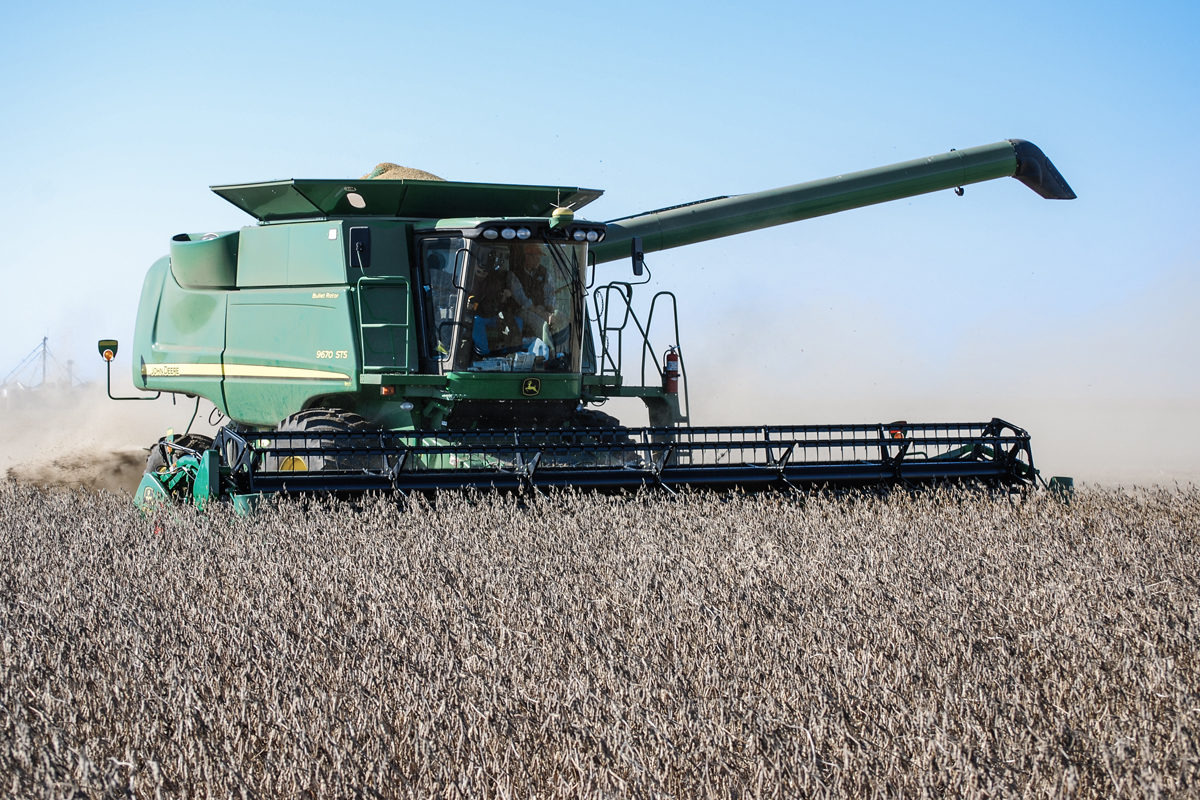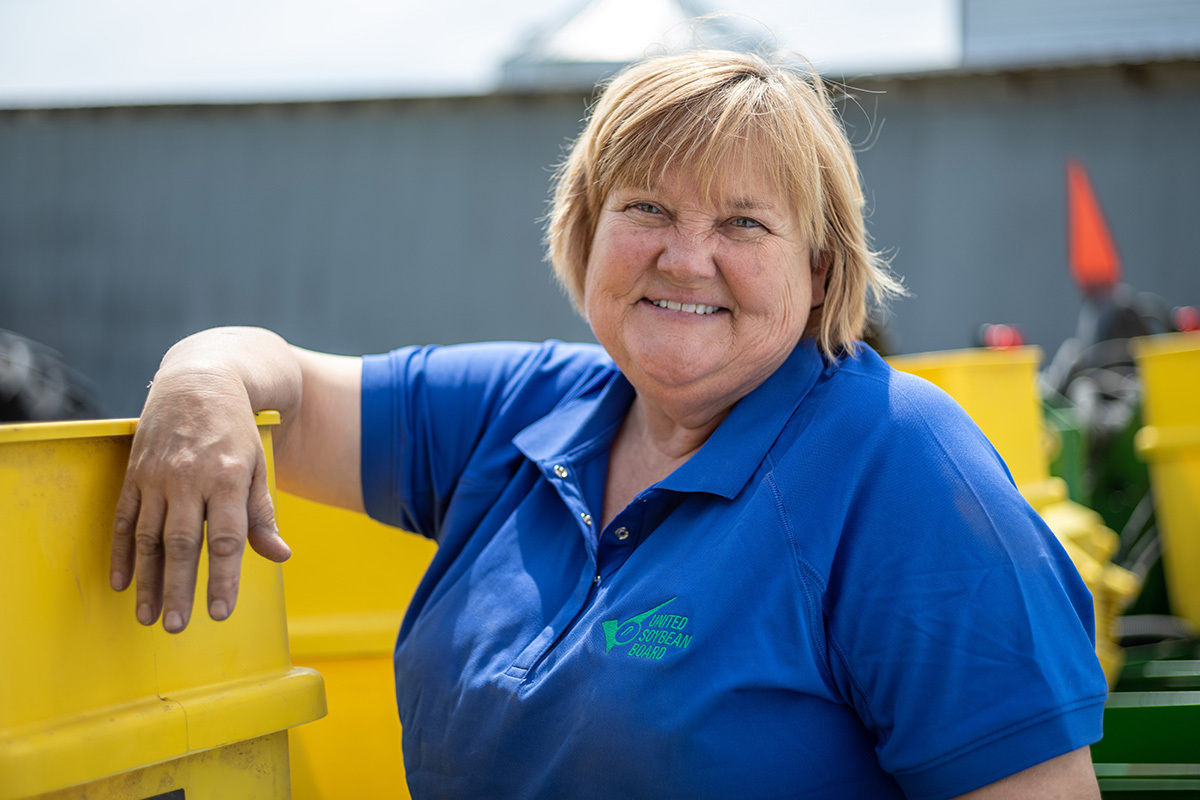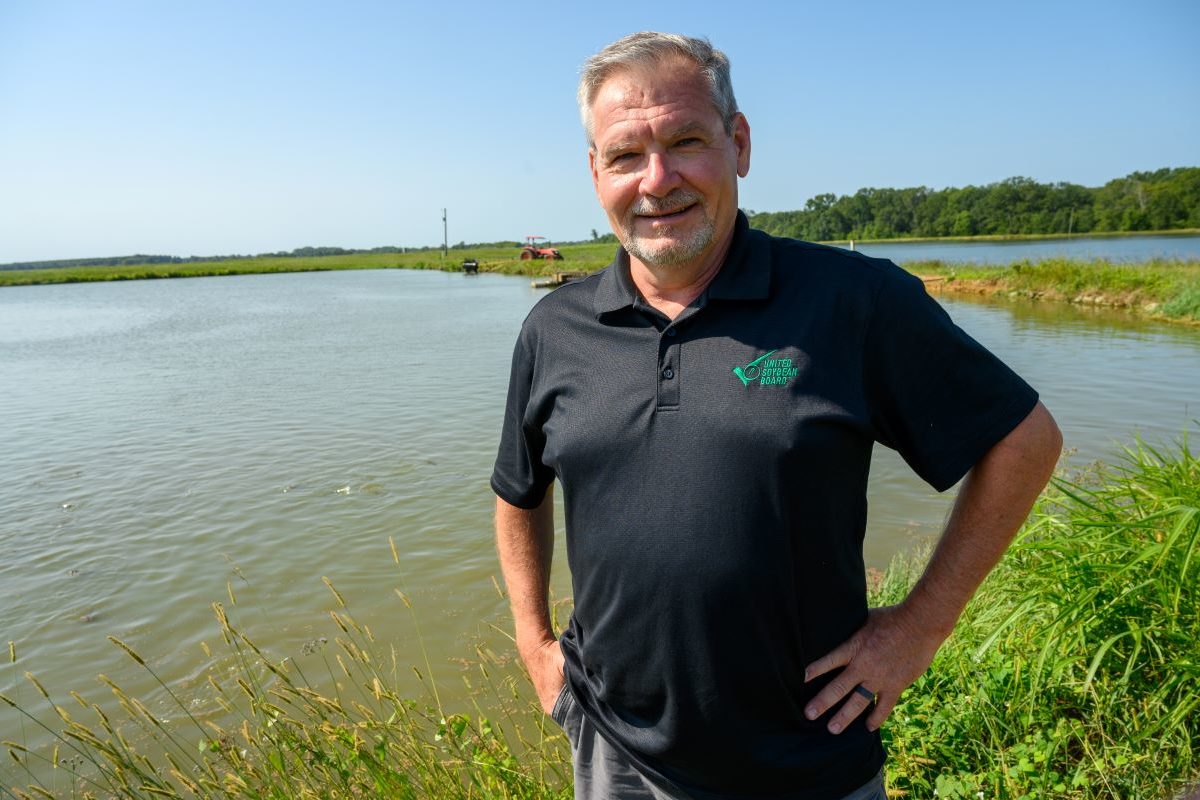Farm Progress Series: Food and Fuel Coincide for Soybean Products

Mac Marshall, vice president of market intelligence for USB and the U.S. Soybean Export Council, was featured in Farm Progress for a three-part series to address a common misconception that soybeans are either grown for fuel or for food, but not for both. Since the oil is used for fuel and the meal for feed, Marshall explained it can be the perfect ingredient for both end-use segments.
In part one of the series, Marshall explained what caused the highs and lows of the 2020-21 marketing year in the soybean market.
“I really see it as an episodic marketing year,” said Mac Marshall. “Not that each year doesn’t have its episodes. But I feel like this one was marked by a couple of different points.”
“It was both that domestic utilization of the whole beans as well as that robust export piece where China was coming back to the market in a big way. You put those together and that was drawing down our expected carryout, all on the whole bean side. From that September through January period, you had that whole bean piece really leading the whole complex.”
In part two, he explained how the soybean industry can provide fuel and food without compromising the market.
“We think back 15 years when ethanol first hit the scene in a big way in the U.S. There was a lot of talk about food vs. fuel, which I think was a misunderstood dynamic at the time, and we’re starting to see that pop up a little more now in the vegetable oil space,” said Marshall.
“And I think that’s also a bit of a misconception. From a soybean standpoint, we’re producing the oil that is going into the biofuel channels and, ideally, will help better position us as a country for increased biobased solutions and energy diversification, which, of course, is a very pivotal challenge that we have now.”
In part three, Marshall discussed demand factors and why higher prices could be changing as soybean planting gets underway in South America.
“With this year’s favorable pricing environment relative to the last few years, I think we’re creating a potentially nice runway for the U.S. soybean complex,” said Mac Marshall. “But I think we have to approach the balance of it under the assumption that we will have significantly greater supplies coming out of South America. I rewind to this time last year, and planting got off to a rough start in both those countries. Brazil was too wet and Argentina too dry, but I think we can expect something of a rebound in Argentina this year.”



